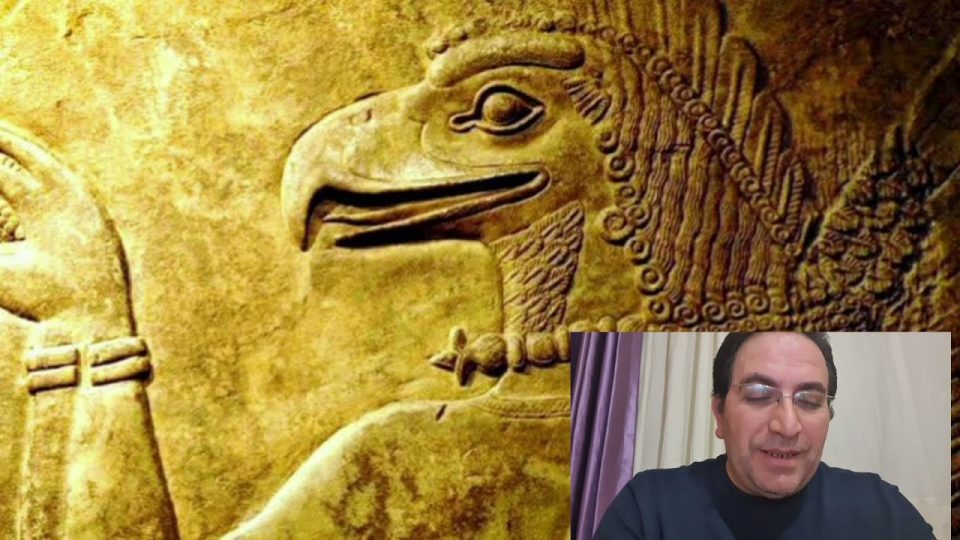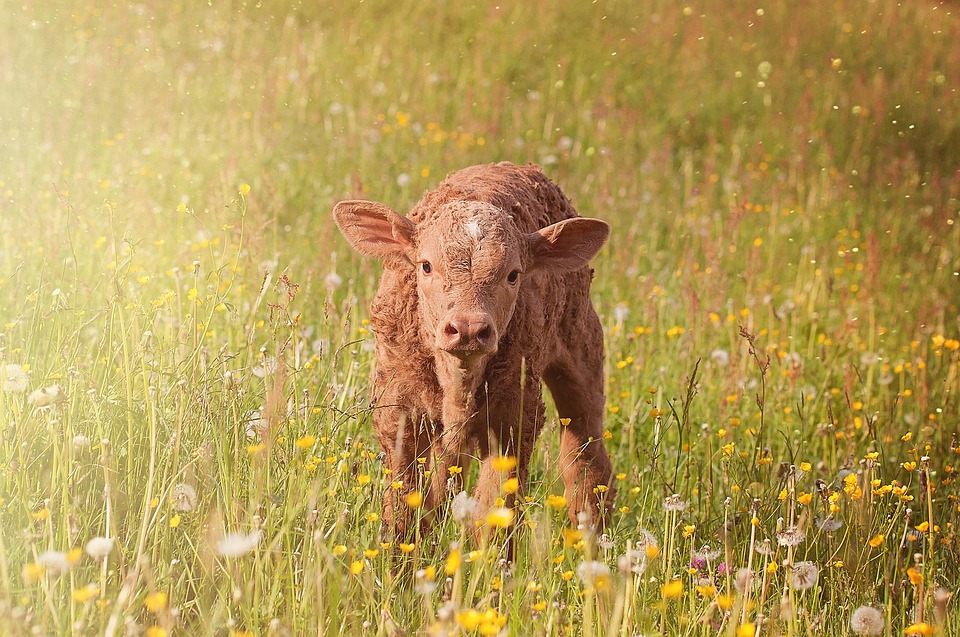Canaries, like most birds, molt their feathers periodically. Molting is the process by which old feathers are shed and new ones grow in their place. Molting usually occurs once or twice a year, depending on the bird’s age, health, and environmental factors such as lighting and temperature.
The first sign of molting is usually a change in the bird’s behavior. The canary may become less active or less vocal and may spend more time preening its feathers. It may also have a decreased appetite or appear more sleepy than usual. You may also notice more feathers in the cage or on the floor around it.
During molting, it’s important to provide your canary with a nutritious diet that includes plenty of protein, vitamins, and minerals. You can add extra protein to its diet by offering cooked eggs, mealworms, or commercially available egg food. Fresh fruits and vegetables, such as carrots, spinach, and apples, are also important for a healthy diet.
To help your canary during molting, you can also provide it with a bird bath or misting bottle to help it clean its feathers. You can also provide extra perches for it to sit on, as the new feathers may be more sensitive than the old ones.
It’s also important to be gentle when handling your canary during molting, as the new feathers may be delicate and easily damaged. Avoid pulling on any loose feathers, as this can be painful for the bird.
Molting usually lasts for several weeks to a few months, depending on the individual bird. During this time, it’s important to monitor your canary’s health and behavior and provide it with plenty of care and attention. If you notice any signs of illness, such as lethargy, loss of appetite, or changes in droppings, contact your avian veterinarian for advice.












